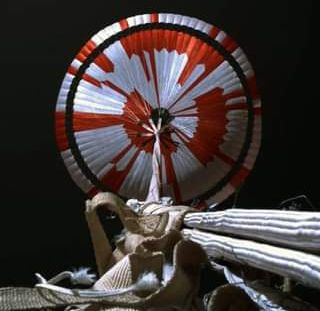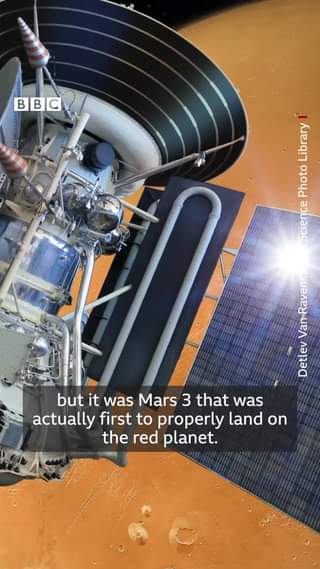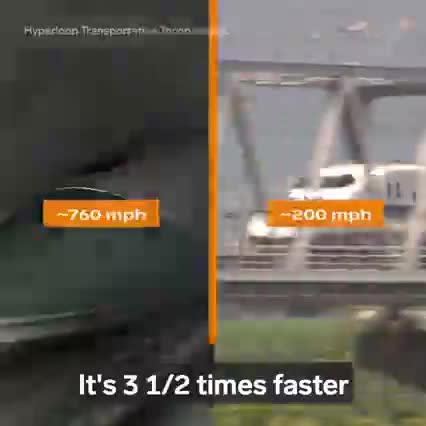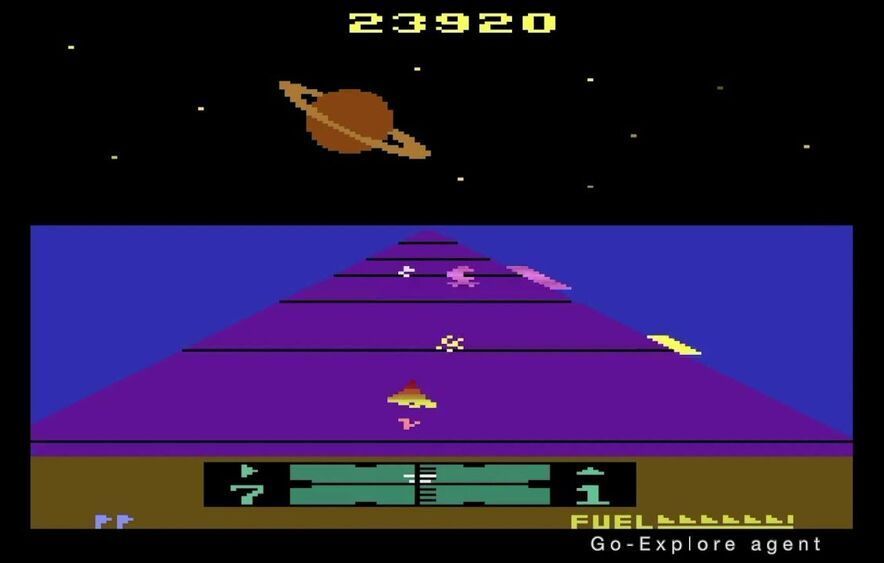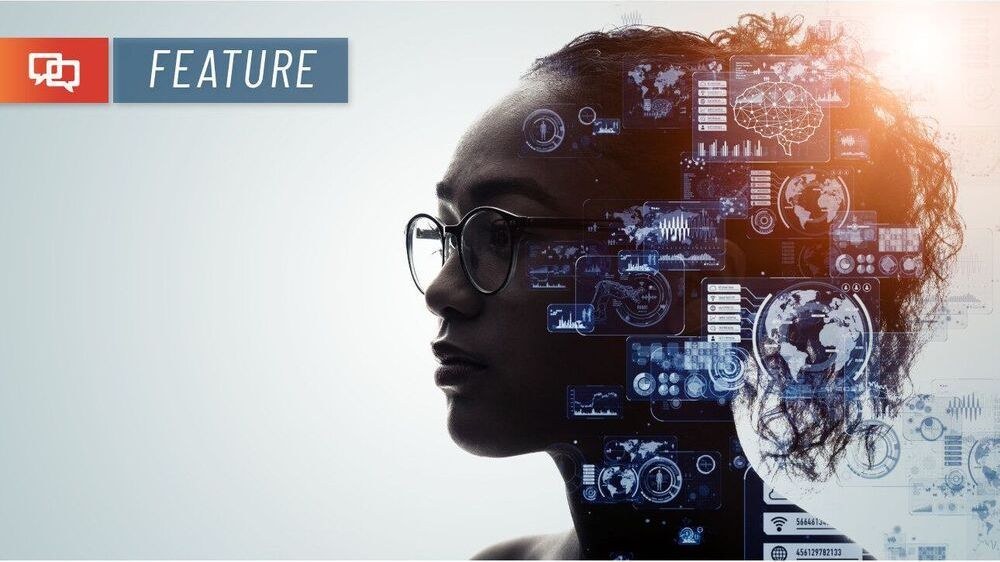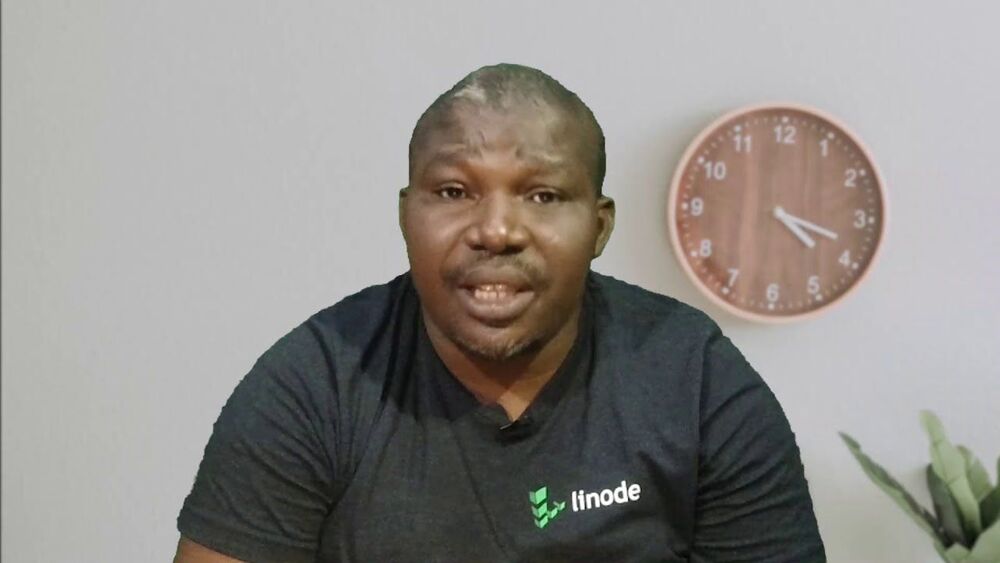Get a guided tour of the Perseverance rover landing on the red planet from NASA Jet Propulsion Laboratory engineer Ian Clark:
Martian Ripples in 4K
Posted in robotics/AI, space
A video of Martian Ripples in the highest quality. All the images you’re going to see are taken by NASA rovers and orbiters in Mars, boosted in quality with AI technology.
The wind has shaped the Martian landscape for much of its history and continues to play a major role today. Here we analyzed Martian Ripples and the similarities they have the ripples here on Earth.
Other information that can be found in this video:
📌- Real images of Martian Ripples.
📌- The density of the Martian Atmosphere.
📌- How these ripples are created?!
📌- Size of Martian Ripples.
📌- Rover’s Tire Track on Mars (image)
📌- Perseverance rover mission.
With two missions due to land on Mars in 2021, we look back at 60 years of attempts to get to the Red Planet.
Current high-speed bullet trains can bring passengers from Paris to London or Tokyo to Kyoto within 2.5 hours. Hyperloops theoretically could bring passengers from Los Angeles to San Francisco in less than 45 minutes.
A team of researchers at Uber AI Labs in San Francisco has developed a set of learning algorithms that proved to be better at playing classic video games than human players or other AI systems. In their paper published in the journal Nature, the researchers explain how their algorithms differ from others and why they believe they have applications in robotics, language processing and even designing new drugs.
But Horizon Europe also includes new elements that reflect increasing attention to open science, equality, interdisciplinary research and practical applications. Here, Nature takes a look at some of the major changes.
As Horizon Europe issues its first call for grants, Nature reviews some big changes — from open science to goal-oriented ‘missions’.
Electric Walking Bike
Posted in innovation, transportation
FEATURE (THE CONVERSATION) — The history of humans’ use of technology has always been a history of co-evolution.
Philosophers from Rousseau to Heidegger to Carl Schmitt have argued that technology is never a neutral tool for achieving human ends. Technological innovations – from the most rudimentary to the most sophisticated – reshape people as they use these innovations to control their environment. Artificial intelligence is a new and powerful tool, and it, too, is altering humanity.
Writing – and later, the printing press – made it possible to carefully record history and easily disseminate knowledge, but it eliminated centuries-old traditions of oral storytelling. Ubiquitous digital and phone cameras have changed how people experience and perceive events. Widely available GPS systems have meant that drivers rarely get lost, but a reliance on them has also atrophied their native capacity to orient themselves.
A New York homebuilder has put a 3D-printed home on the market for the first time in the United States, and he is getting a lot of offers.
To donate.
Go to https://lifeboat.com/ex/donate.
and select the donation purpose.
of “Ogba Educational Clinic”.
Please turn on Caption.
You can also reach us on our website, www.ogbaeduclinic.com.
#STEM_Education, #Tech, #Support, #Innovation
